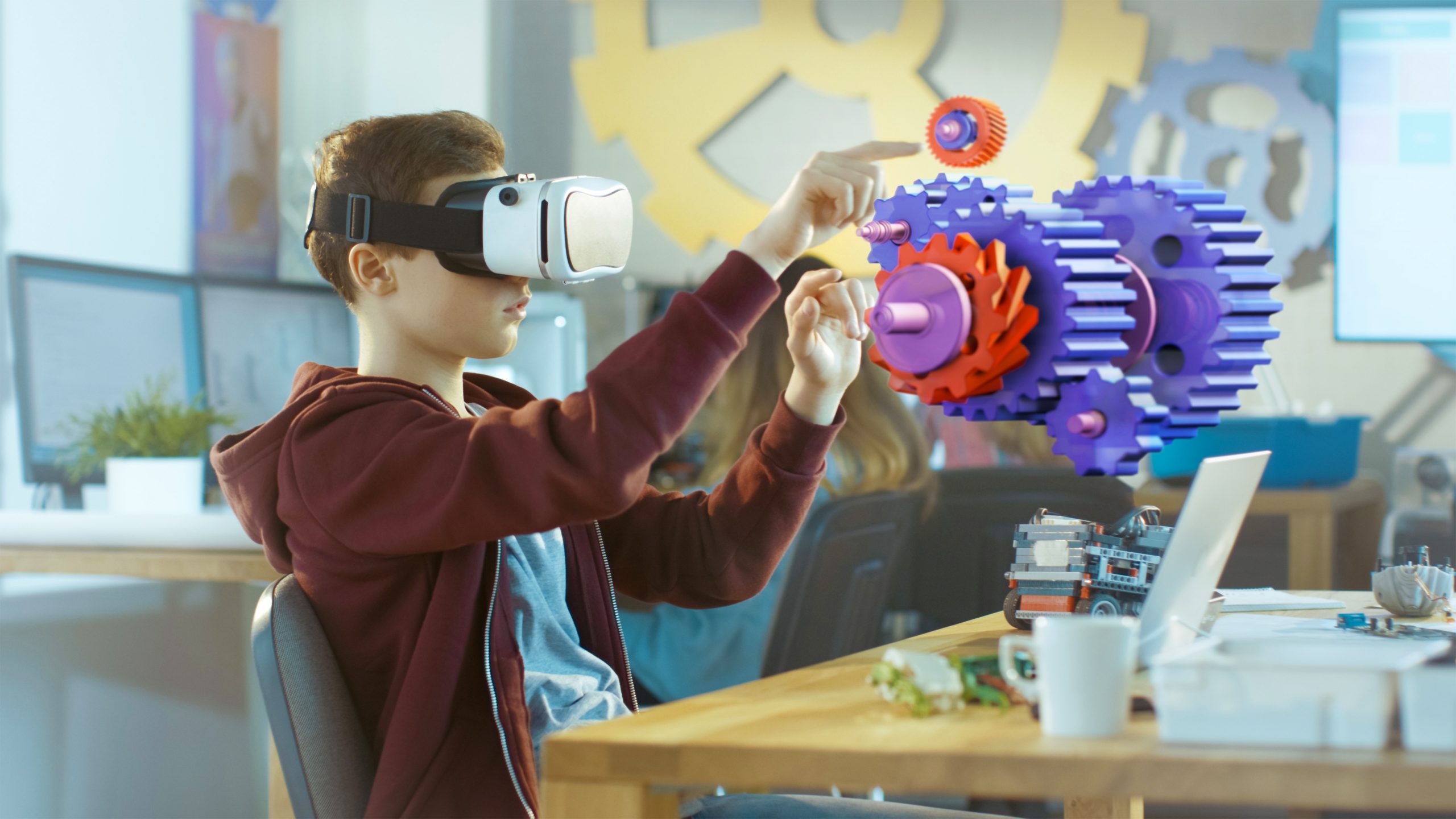Augmented Reality (AR) technology has emerged as a powerful tool that has the potential to revolutionize education and training. By overlaying digital content onto the real world, AR enhances the learning experience, engages students, and enables immersive training simulations. This article explores the role of augmented reality in education and training, highlighting its benefits, applications, and the potential it holds for transforming traditional learning methodologies.

1. Enhanced Learning Experience:
Augmented Reality brings educational content to life by overlaying digital information onto real-world objects, environments, or textbooks. This interactive and immersive experience engages learners on a deeper level, making complex concepts more understandable and relatable. AR enables visualizations, 3D models, and interactive elements that enable students to explore and interact with virtual objects, promoting active learning and knowledge retention.
2. Real-World Contextualization:
AR allows learners to contextualize abstract concepts by visualizing them in real-world settings. For example, students studying astronomy can use AR apps to point their devices at the night sky and see digital representations of stars, planets, and constellations. This contextualization bridges the gap between theory and practice, helping students grasp the relevance and application of what they’re learning.
3. Immersive Simulations and Experiential Learning:
AR enables realistic simulations and experiential learning opportunities that would otherwise be inaccessible or costly. For example, medical students can use AR to practice surgical procedures on virtual patients, allowing them to gain hands-on experience in a risk-free environment. Similarly, industrial workers can receive virtual training on complex machinery or hazardous scenarios, improving safety and performance.
4. Personalized and Adaptive Learning:
AR technology can adapt to individual learner needs, offering personalized learning experiences. By analyzing learner progress and performance, AR applications can provide customized content and feedback tailored to each student’s strengths and weaknesses. Adaptive AR learning environments allow students to learn at their own pace, increasing engagement and optimizing learning outcomes.
5. Collaboration and Engagement:
AR facilitates collaboration and interactive learning experiences. Students can engage in group activities, exploring AR content together and sharing knowledge. AR can also enable remote collaboration, allowing learners from different locations to engage in shared virtual experiences, promoting teamwork and cooperation.
6. Accessibility and Inclusivity:
AR has the potential to make education more inclusive and accessible. By providing alternative ways of presenting information, AR can accommodate different learning styles and abilities. Visualizations, auditory cues, and interactive elements in AR applications cater to diverse learners, ensuring equal opportunities for all students.
7. Future Workforce Readiness:
AR technology prepares learners for the demands of the future workforce. By incorporating AR into vocational training and professional development programs, workers can gain hands-on experience, learn new skills, and stay updated with industry advancements. AR enables continuous learning and upskilling, equipping individuals with the tools they need to thrive in a rapidly evolving job market.
Conclusion:
Augmented Reality holds immense potential for transforming education and training by creating immersive, interactive, and personalized learning experiences. By enhancing the learning environment, contextualizing concepts, enabling simulations, promoting collaboration, and fostering inclusivity, AR technology paves the way for a more engaging and effective educational landscape. As AR continues to advance, it is crucial for educators, trainers, and policymakers to embrace this innovative tool and harness its potential to shape the future of education and training.